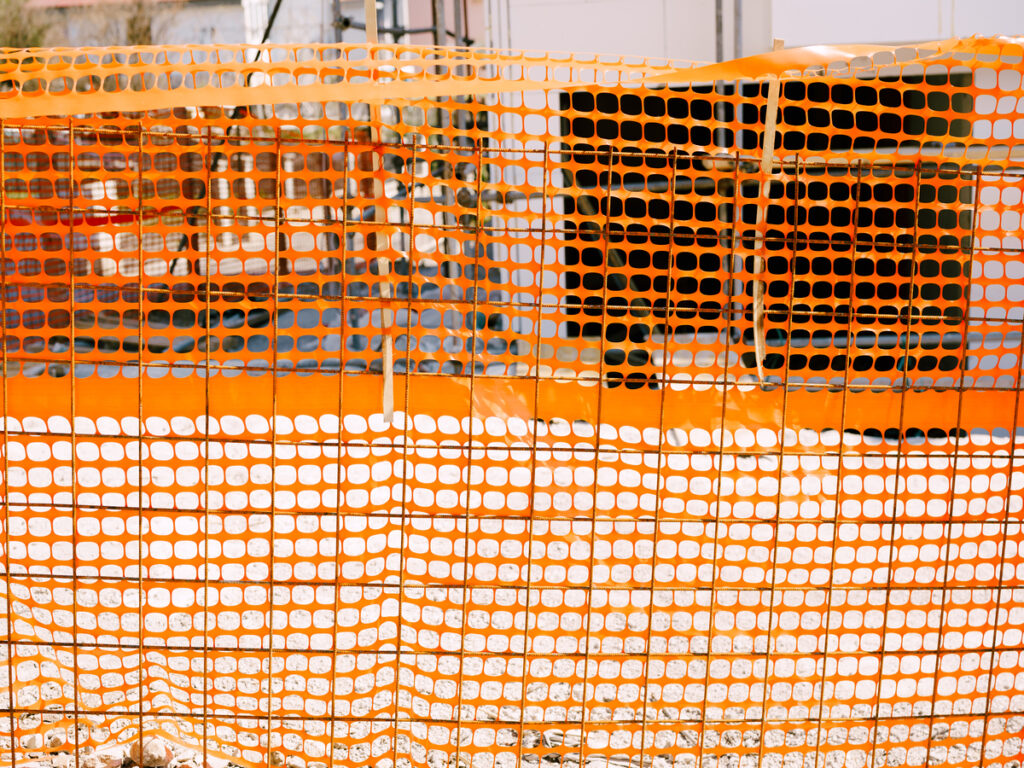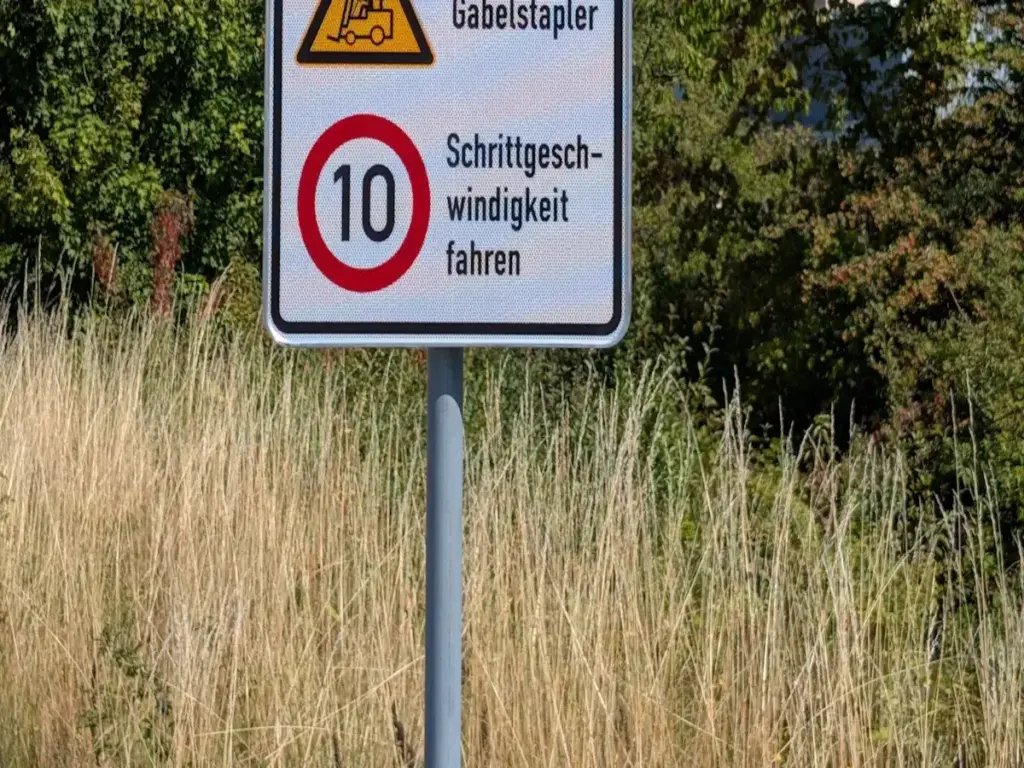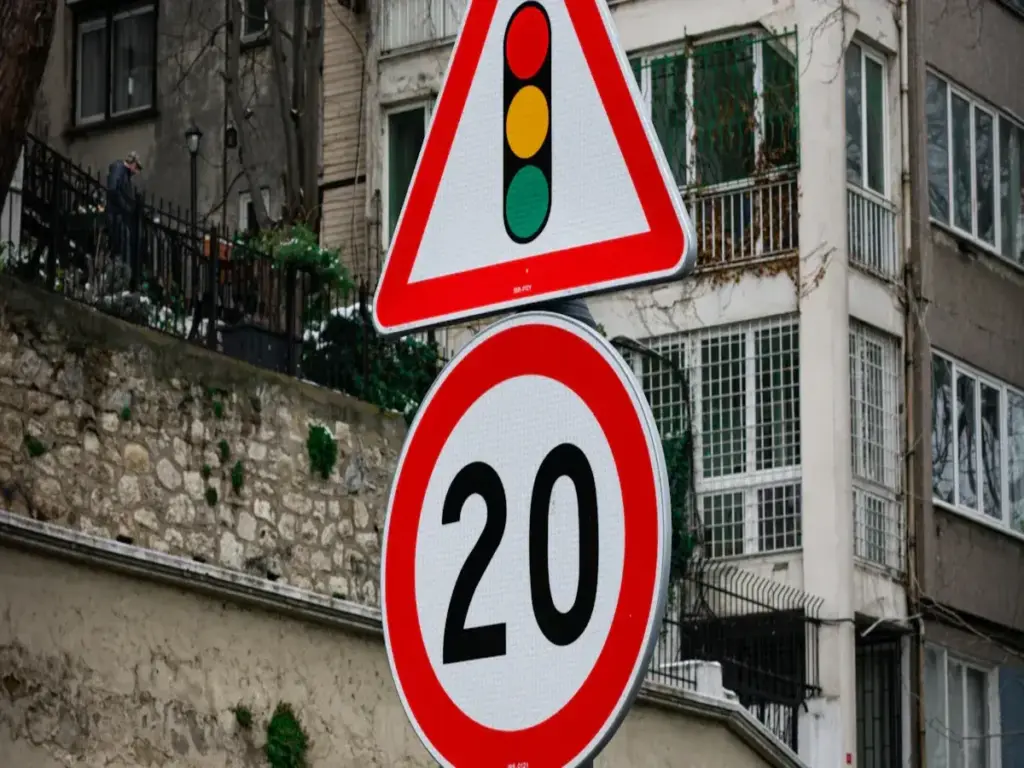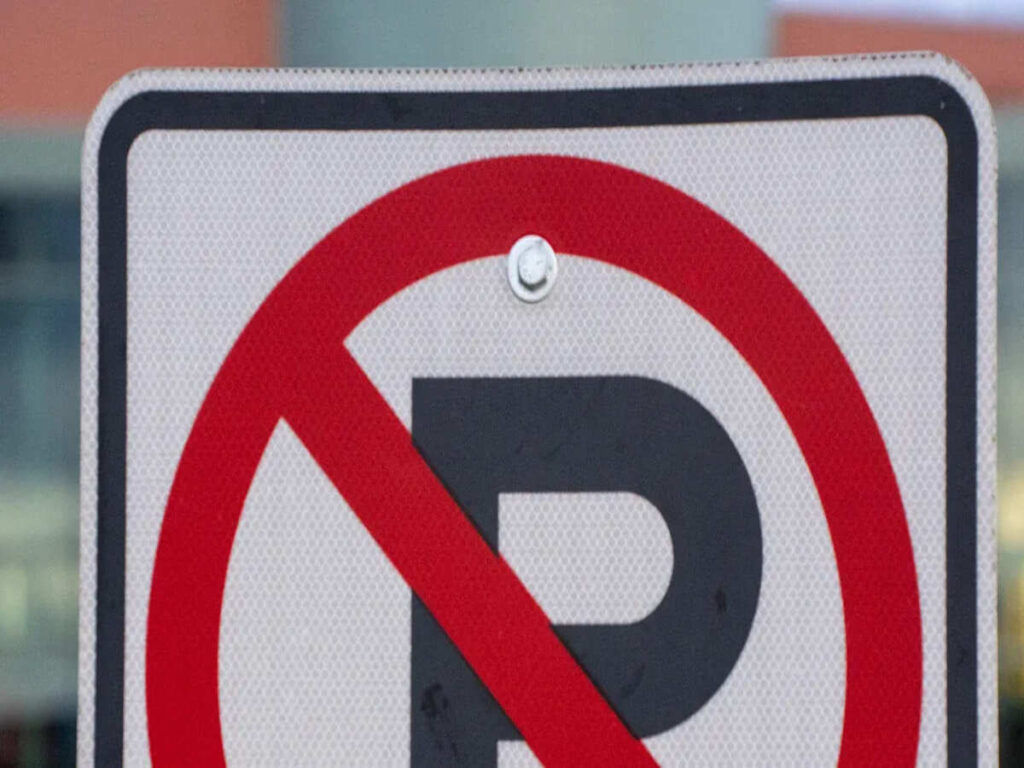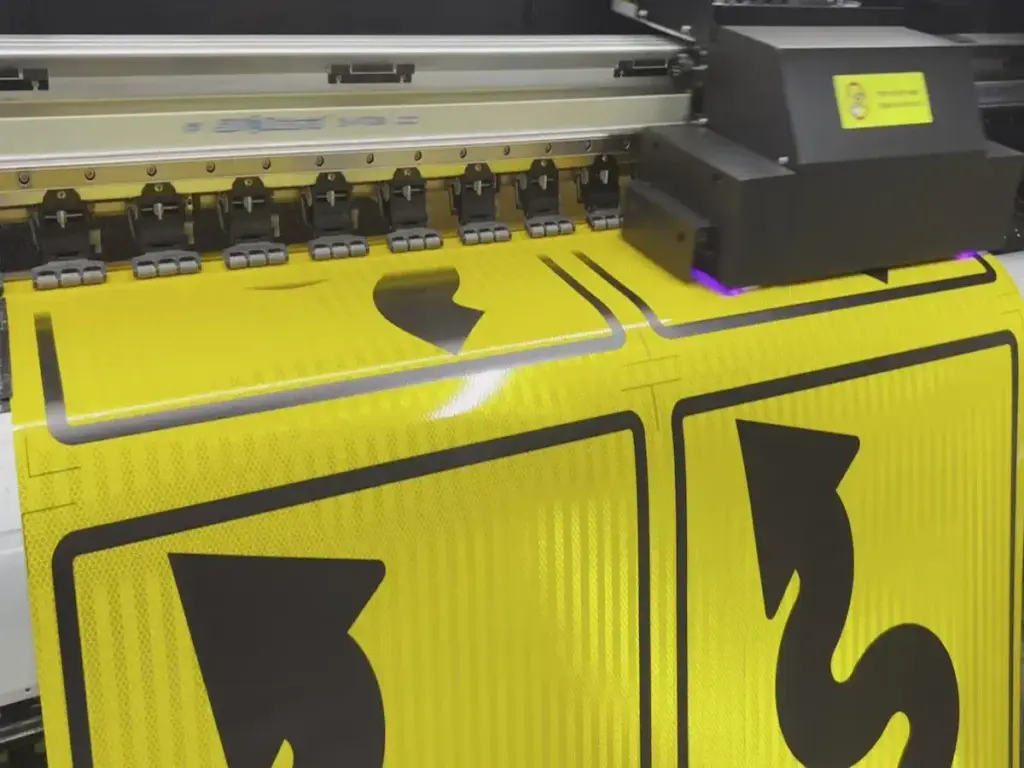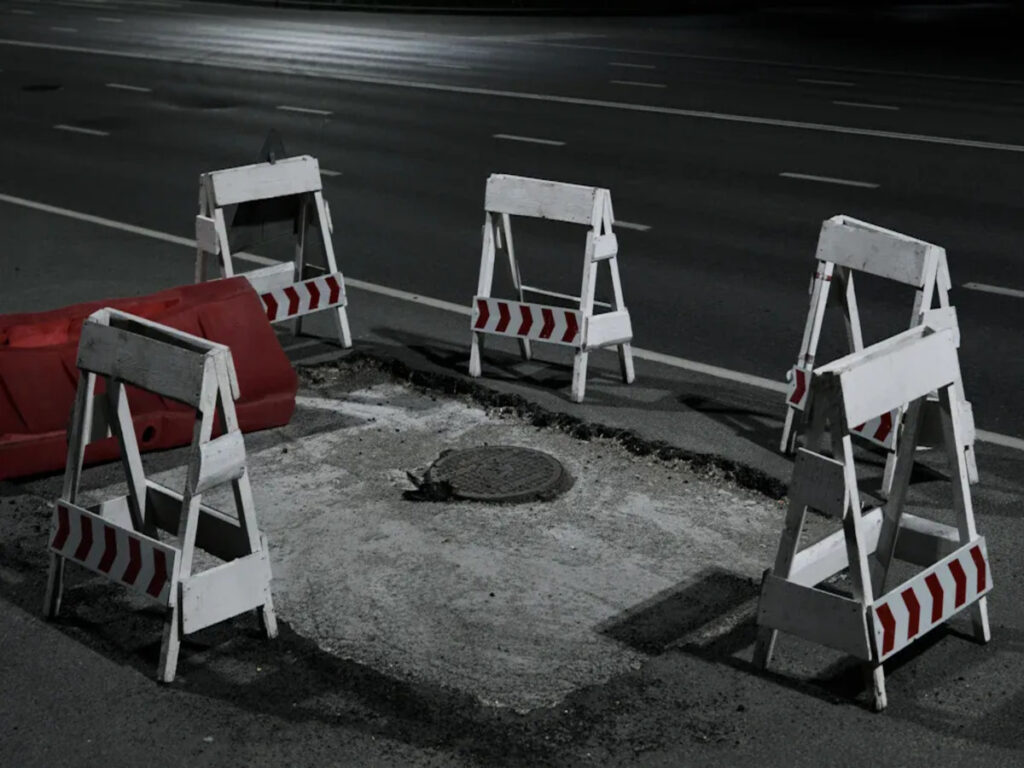
Cuando se trata de seguridad en la carretera, Elegir las barricadas de seguridad adecuadas es esencial para proteger tanto a los trabajadores como a los conductores. Tipo 1 y escribir 2 Las barricadas de seguridad tienen diferentes propósitos y ofrecen varios niveles de visibilidad y durabilidad.. Mientras que el tipo 1 Las barricadas se usan típicamente para áreas menos peligrosas con bajo volumen de tráfico, Tipo 2 Las barricadas están diseñadas para más visibles, Zonas de alto tráfico donde se requiere una protección mejorada. Comprender las diferencias entre estos dos tipos de barricadas de seguridad puede ayudar a garantizar que seleccione la opción más apropiada para sus necesidades específicas de seguridad vial.
OPTRAFFIC ofrece una gama de alta calidad. safety barricades, including Type 1 y escribir 2, designed to meet the highest standards of visibility, durabilidad, y rendimiento. Explore our selection today to choose the right barricades for your road safety requirements.
Safety Barricades Overview
Safety barricades are very important for road safety. They help cars move the right way. They keep workers safe and stop people from walking into dangerous places. Studies show that barriers like guardrails and raised medians stop cars from leaving the road. These barriers also protect people who walk or ride bikes. They help slow down cars and lower crash risks. The Safe System approach uses barriers to stop injuries and deaths. Roads are safer when they have things that help drivers not make mistakes.
For more information on choosing the right safety barricades, Mira nuestro blog, Todo lo que necesita saber sobre barricadas de tráfico en venta.
Types of Safety Barriers
There are many safety barriers in the UK. Cada uno tiene un trabajo especial. Some stop people from falling. Others stop cars from going where they should not. The table below lists the most common types and what they do:
| Common Types of Safety Barriers in the UK | Descripción |
|---|---|
| Barandas | Put along walkways or high places to stop falls. They make a barrier at the right height. |
| Racking Protectors | Keep storage racks safe from forklifts or other machines. They help racks stay strong and safe. |
| Safety Fencing | Makes safe areas around dangerous machines or places. It stops people from going where they should not. |
| Bolardos de seguridad | Corto, strong posts that stop cars from going into places for people or machines. |
| Safety Barriers for Doors | Put at loading docks and doors to stop accidents and damage when moving things. |
| Barreras de tráfico | Show safe ways to go and keep people and cars apart. This helps stop crashes. |
| Collision Barriers | Take in the force from crashes in risky places like corners. They protect buildings and machines. |
Tipo 1 y escribir 2 safety barricades are traffic barriers. Tipo 1 has one reflective panel and Type 2 has two panels, so it is easier to see. Both types show safe paths and warn drivers about work zones or dangers.
Características clave
Safety barriers have some things in common. They are made from strong materials. They can take a hit and not break. Many are bright or have reflective panels, so you can see them at night. Some can take in the force from a crash to keep people and cars safe. The design depends on where the barrier will go. Barriers on motorways need to be stronger and easier to see than ones in car parks. Picking the right barrier helps stop accidents and keeps everyone safe.
Tipo 1 Barricadas de seguridad
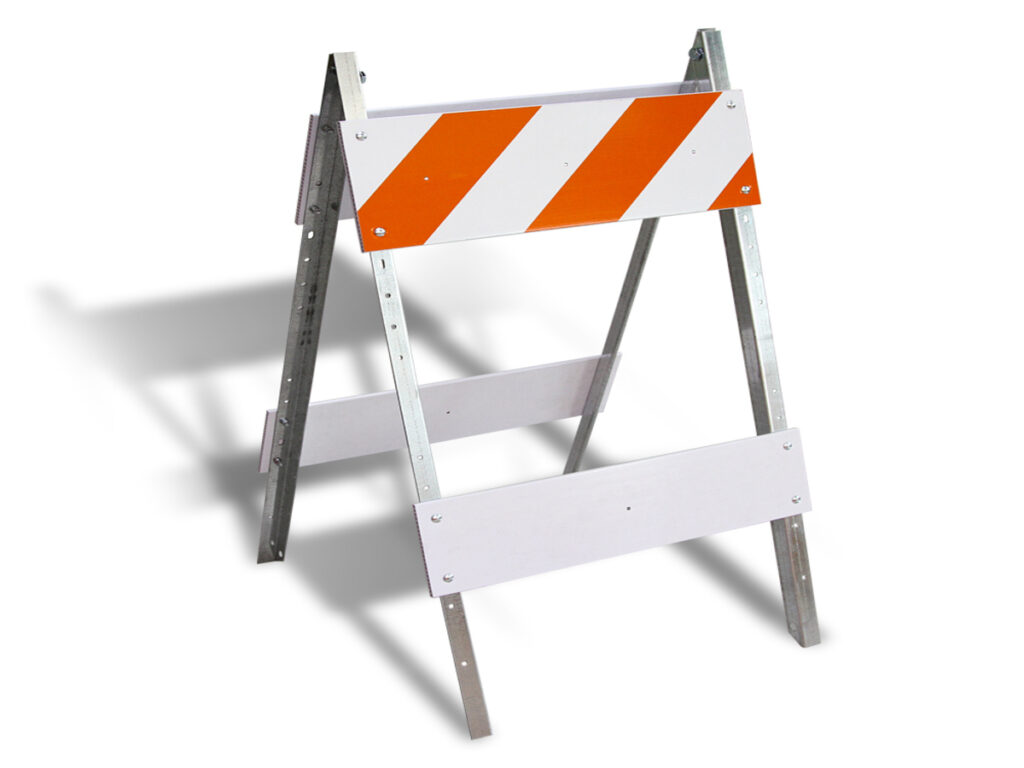
Diseño
Tipo 1 barreras de seguridad have an A-frame shape. They are made from plastic, madera, or thin metal. These materials are light and easy to move. There is one reflective panel on the top rail. This panel helps people see the barrier in the day. The frame can fold up, so workers can carry it easily. Many councils like this design because it is simple to store and move.
Usos
Tipo 1 safety barriers are best for slow roads and quiet places. Workers use them on city streets, en parques, or for small jobs. These barriers help keep cars and people away from danger. They also show safe ways around small building sites. Councils use them for events or when roads change for a short time. porque son ligeros, workers can move them as needed.
Pros y contras
Consejo: Always pick the right barrier for the road to stay safe.
Advantages of Type 1 barreras de seguridad:
- Light and simple to carry
- Rápido para levantar y derribar
- Good price for small or short jobs
- Can be used in many places
Disadvantages of Type 1 barreras de seguridad:
- Only one reflective panel, so harder to see at night or in bad weather
- Not as strong as Type 2 or Type 3
- Not good for fast or busy roads
- Does not protect workers or road users well in busy places
Here is a table with a quick summary:
| Característica | Tipo 1 Safety Barriers |
|---|---|
| Paneles reflectantes | 1 |
| Material | Plástico, madera, or thin metal |
| Peso | Ligero |
| El mejor uso | De baja velocidad, áreas de bajo tráfico |
| Visibilidad | Moderado |
| Durabilidad | Lower than other types |
Safety barricades help keep roads and work sites safe. Tipo 1 safety barriers are simple and cheap for less risky places. But they do not give enough light or strength for busy or fast roads.
Tipo 2 Barricadas de seguridad
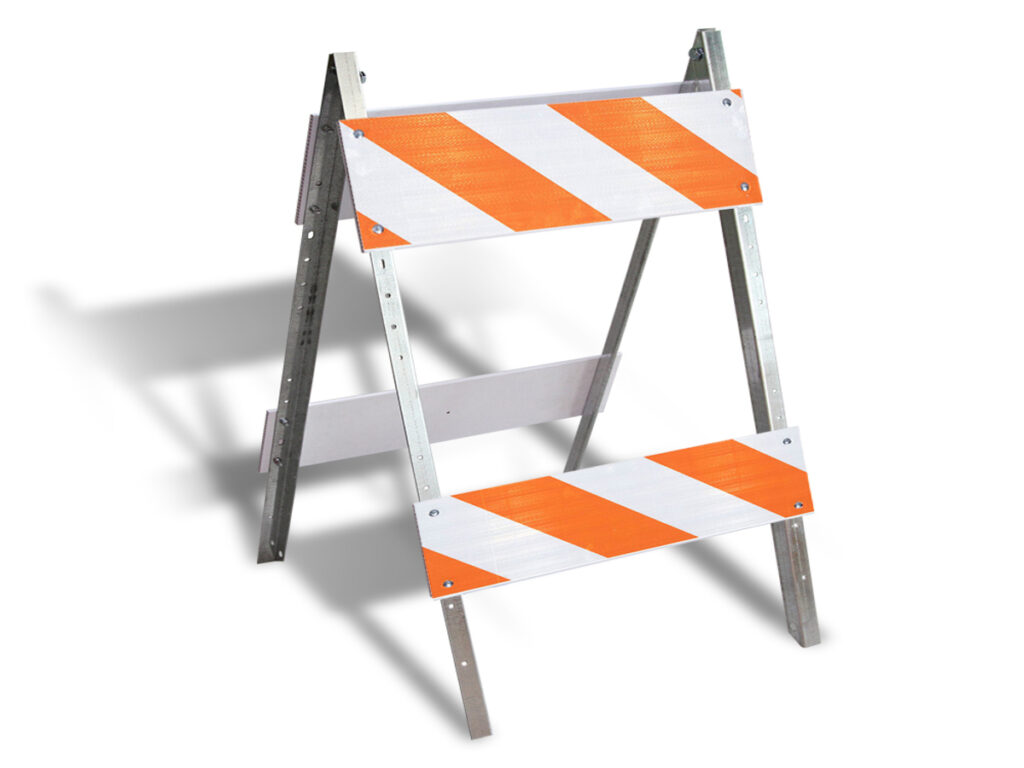
Diseño
Tipo 2 barreras de seguridad have two big reflective panels. One panel is at the top, and one is at the bottom. These panels use special sheeting that shines brightly. You can see the barrier from far away. The panels fit inside the frame, so they do not get scratched. The frame is made from strong plastic that does not rust. It has two walls for extra strength. The barrier can fold up, so workers can carry it easily. Some barriers have hollow frames. Workers can fill them with sand to make them heavier and more stable.
- Two reflective panels help people see the barrier day or night
- Panels are set in the frame to stop damage
- Double-wall plastic frame makes it strong and tough
- Folding design helps with moving and storing
- The barrier is light, no se oxide, y dura mucho tiempo
Usos
Tipo 2 safety barriers are good for busy roads with fast cars. Workers use them when fixing roads or closing lanes. They help guide cars around dangers and keep people safe. These barriers also protect workers and people walking near traffic. Councils use them on motorways and other fast roads. The bright panels make them easy to spot, Incluso en la oscuridad o la lluvia. Workers can move and set them up quickly. This helps when work zones change often.
Pros y contras
Nota: Tipo 2 safety barriers are easier to see and stronger than Type 1, but they cost more and are heavier.
Advantages of Type 2 barreras de seguridad:
- Easy to see in all weather and at night
- Strong and lasts a long time, even if hit
- Folds up, so it is simple to move and store
- Good for busy and fast roads
Disadvantages of Type 2 barreras de seguridad:
- Heavier than Type 1, so harder to carry
- Costs more than simple barriers
- Too big for small or quiet places
Tipo 2 safety barriers keep workers and road users safer in busy areas. Their strong build and bright panels help stop accidents. Councils and road crews pick these safety barricades for places where clear warnings are very important.
Comparing Types of Safety Barriers
Diferencias de diseño
Tipo 1 y escribir 2 safety barriers look a bit alike. Both have an A-frame shape that folds up. The legs are joined with hinges. Makers use plastic, madera, or thin metal for the frame. High-density polyethylene is popular because it is tough and does not rust. Tipo 1 safety barriers have one reflective panel. Tipo 2 safety barriers have two panels. The extra panel on Type 2 makes it heavier and steadier. Both types fold up, so they are easy to store and move. The panels are usually 24 inches wide and come in different heights. Reflective sheeting can be Engineer Grade, Prismático de alta intensidad, o grado de diamante. This changes how well drivers can see the barrier.
Here is a side-by-side comparison:
| Design Aspect | Tipo 1 Barricada | Tipo 2 Barricada |
|---|---|---|
| Paneles reflectantes | One reflective panel | Dos paneles reflectantes |
| Tamaño | Típicamente 24 pulgadas de ancho | Larger than Type 1 |
| Peso | Ligero, plegable | Heavier due to extra panel |
| Materiales | Plástico, madera, thin gauge metal | Plástico, madera, metal, polietileno de alta densidad |
| Diseño | Aframo A plegable, fácil de mover | Aframo A plegable, more robust for stability |
| Uso típico | Low speed roads, easy transport/storage | Alto tráfico, faster speed areas, autopistas |
Consejo: The extra panel on Type 2 safety barriers gives more strength and makes it steadier. This is better for busy roads.
Visibilidad
How easy it is to see a safety barrier is very important. Tipo 1 safety barriers have one reflective rail. This works well in the day or where there is good light. Tipo 2 safety barriers have two orange reflective rails. These make the barrier much easier to spot, Incluso por la noche o en mal tiempo. Both types use different grades of reflective sheeting. Diamond Grade shines the brightest and lasts the longest. Tipo 2 safety barriers stand out more when it is dark. This helps drivers see work zones sooner.
| Característica | Tipo 1 Barricada | Tipo 2 Barricada |
|---|---|---|
| Reflective Rails | Un riel reflectante | Two reflective orange rails |
| Visibilidad | Good in daytime, low-speed, áreas de bajo tráfico | Excellent at night, in rain, and on busy roads |
| Use of Barricade Lights | Often needed for night or bad weather | Used for extra warning in high-risk situations |
Nota: Councils often add lights to both types of safety barriers to help drivers see them at night.
Durabilidad
How long a safety barrier lasts depends on what it is made from. Tipo 1 safety barriers use flexible plastics that bend and do not rust. They can take a few bumps and go back to their shape. Tipo 2 safety barriers use stronger materials and have two walls. This makes them last longer in places with lots of crashes. Metal and concrete barriers can rust or crack. Plastic barriers last longer and need less fixing. Tipo 1 safety barriers are easy to fix because you can swap out parts. Tipo 2 safety barriers also have parts you can change, but they are stronger and last longer in tough places.
| Característica | Tipo 1: Flexible Polymer Barriers | Tipo 2: Metal/Plastic Barriers |
|---|---|---|
| Durabilidad | Flexible, shock-absorbing, resistente a la corrosión | Fuerte, double-wall, more robust |
| Impact Response | Absorbe impactos, returns to shape | Withstands more force, less likely to deform |
| Mantenimiento | Mínimo, easy to repair | Mínimo, modular parts, longer service life |
| Esperanza de vida | Long due to resilience and low maintenance | Longer in high-impact, high-traffic environments |
Aplicaciones típicas
Different safety barriers work best in different places. Tipo 1 safety barriers are good for parks, calles de la ciudad, and small jobs. Workers use them where cars move slowly and there is less danger. Tipo 2 safety barriers are better for busy roads and fast cars. Councils use them for roadworks, cierres de carril, and fixing motorways. The extra panel and strength of Type 2 safety barriers help keep workers and drivers safe in risky places.
- Tipo 1 barreras de seguridad:
- Parks and walkways
- Low-speed urban and suburban roads
- Small building sites
- Eventos temporales
- Tipo 2 barreras de seguridad:
- Motorways and expressways
- High-speed, high-traffic roads
- Night-time or poor weather projects
- Major roadworks and lane closures
Councils and builders pick the right safety barriers by looking at road speed, how many cars there are, and how risky the place is.
Mesa resumida
| Característica | Tipo 1 Safety Barriers | Tipo 2 Safety Barriers |
|---|---|---|
| Paneles reflectantes | 1 | 2 |
| Materiales | Plástico, madera, thin metal | Plástico, madera, metal, HDPE |
| Tamaño | 24 pulgadas de ancho | Más grande, more robust |
| Peso | Ligero | Más pesado, más estable |
| Visibilidad | Moderado | Alto, Especialmente por la noche |
| Durabilidad | Good for light use | Excellent for heavy use |
| Uso típico | De baja velocidad, áreas de bajo tráfico | High-speed, áreas de alto tráfico |
Picking the right safety barriers keeps everyone safe and makes sure road jobs follow the rules.
Reglamentos y Estándares
UK Requirements
The UK has clear rules for safety barriers on roads. These rules help councils and workers pick the right barrier for each job. El Departamento de transporte y Autopistas Inglaterra use safety barrier standards that follow world best practice. The Manual for Streets and the Traffic Signs Manual give advice on using safety barriers in roadworks and public places.
Most safety barriers must have reflective panels so drivers can see them at all times. The number and place of these panels are important. Tipo 1 safety barriers need one reflective panel on each side. Tipo 2 safety barriers need two reflective panels on each side. These rules are like the Manual en dispositivos de control de tráfico uniformes (Muescato), which many UK councils use for work zone safety.
Councils must make sure all safety barriers meet the latest safety barrier standards before putting them on public roads.
When to Use Each Type
Picking between Type 1 y escribir 2 safety barriers depends on the job and the risks. The rules help workers choose the safest barrier for each place.
- Tipo 1 barreras de seguridad:
- Have one reflective panel.
- Best for slow roads with little traffic.
- Good for short or small jobs.
- Give basic visibility.
- Tipo 2 barreras de seguridad:
- Have two reflective panels for better visibility.
- Good for medium work zones, like daytime building or city roads.
- Easy to see at night or in bad weather.
- Best for places with more cars or faster speeds.
The number of reflective panels is very important in these rules. Tipo 1 safety barriers are for simple, low-risk jobs. Tipo 2 safety barriers are for places where drivers must see the barrier from far away, like busy roads or night work. Councils and workers must always follow these rules to keep everyone safe.
Choosing Safety Barricades
Condiciones de la carretera
Road conditions are very important when picking a safety barricade. Tipo 1 barricades have one reflective panel. They are good for quiet streets, parque, and slow traffic. Tipo 2 barricades have two reflective panels. They work better on busy roads or fast-moving places. More reflective panels make the barricade easier to see. Drivers and people walking can spot them from far away. Both types are made from plastic or wood. This makes them light and simple to move. You should pick the barricade that fits the site’s needs. Think about how many cars go by and how easy it is to see the area in the day or at night.
Consejo: Always look at the area before picking a barricade. Húmedo, dark, or busy places need stronger and brighter barriers.
Project Size
The size of the job helps you choose the right barricade.
- Small or short jobs use light, easy-to-carry barricades like A-frame shapes. These are good for local roadworks or small paths for people.
- Big or long jobs need stronger barriers, like water-filled or concrete ones. These can take hits and bad weather.
- Jobs with lots of people walking need barriers that make safe paths, like plastic or vinyl ones.
- For long jobs, strong materials like concrete or metal last longer and need less fixing.
A table can help you see the choices:
| Project Size | Recommended Barricade Type |
|---|---|
| Small/Short-term | Lightweight A-frame, plástico, madera |
| Large/Long-term | Water-filled, concreto, metal |
Safety Needs
Safety needs are the most important thing to think about. If you work at night or when it is hard to see, use barricades with bright colours and cinta reflectante. Barricade lights, like flashing or steady lamps, help drivers and people see dangers. Para gente caminando, use stable and bright barriers to guide them safely. Heavy-duty barriers, como concreto, protect against cars in risky places. If you do not think about safety, you might pick a barricade that is too hard to see or does not follow the rules.
Nota: Always follow safety rules and plan for each job’s risks. Ask experts and test the equipment before using it to stop mistakes.
Tipo 1 y escribir 2 safety barricades are not the same. Tipo 1 has one reflective panel. It works best on quiet roads. Tipo 2 has two panels. It is better for busy or dark places. Experts say both types warn drivers but do not stop cars. Picking the right barricade makes roads safer. The table below shows how the right barrier can lower injuries and deadly crashes:
| Tipo de barrera | Injury Risk Reduction | Fatal Crash Reduction | Ejemplo del mundo real |
|---|---|---|---|
| Barrera de concreto | 39% | N / A | Used on motorways and bridges |
| Barandas | 65% | N / A | Put on bends and slopes |
| Barreras medias de cable | 78-85% | 20% | Minnesota DOT cut deadly crashes on split motorways |
Choosing the right barricade keeps roads safe and follows safety rules.
Preguntas frecuentes
What is the main difference between Type 1 y escribir 2 safety barricades?
Tipo 1 safety barricades have one reflective panel. Tipo 2 safety barricades have two reflective panels. The extra panel on Type 2 makes it easier to see. This helps drivers spot them on busy or fast roads.
Can Type 1 barricades be used on motorways?
Tipo 1 barricades are not right for motorways. They are best for quiet roads or slow traffic. Motorways need barriers that are stronger and easier to see. Tipo 2 barricades work better for these places.
Are Type 2 safety barricades reusable?
Sí, workers can use Type 2 safety barricades again. They are made from strong materials and fold up easily. This makes them simple to move and store. Checking them often keeps them safe for many jobs.
Do both types of barricades require lights at night?
Both types often need lights at night or in bad weather. Lights help drivers and people walking see the barricades from far away. Councils add lights to make work zones safer.
How do workers choose the right safety barricade?
Workers think about road speed, que ocupado esta, y que fácil es ver. They use Type 1 for quiet places. They use Type 2 for busy or dark places. Following safety rules keeps everyone safe near the road.

